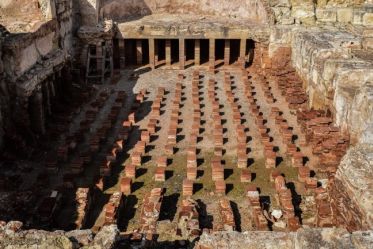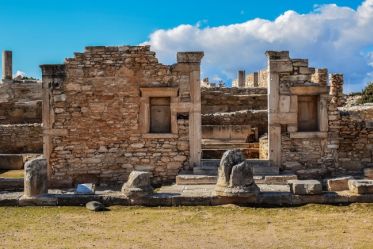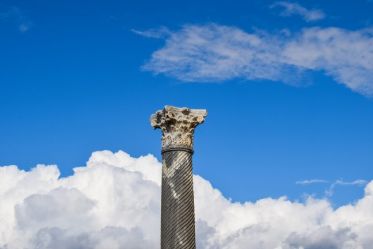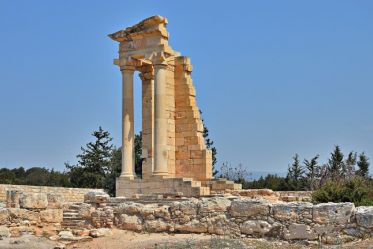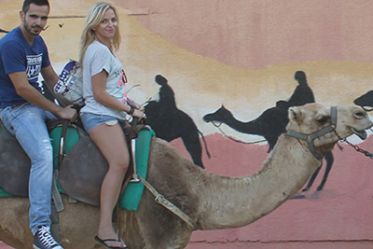![]() +357 24 828 100
+357 24 828 100
![]() +357 24 828 100
+357 24 828 100
Apollo has always been one of the most honored gods of antiquity. In particular, the Cypriots regarded Apollo Hylates as the patron and protector of the forests and their famous town of Kourion, and also believed that he was responsible for changing the seasons and weather. It is believed that he was worshipped at the site from the 8th century BC to the 4th century AD.
The sanctuary is located about 2,5 kilometers west of the ancient town of Kourion and it was one of the main religious centers of ancient Cyprus.
The site has undergone many extensions and alterations in different periods. The majority of the monuments as they can be seen today belong to the site's 1st century AD restorations and consist of Apollo’s temple (partly restored),a circular monument, which was probably destined for processions or dances around a grove of sacred trees; a formalized Archaic Altar and a holy precinct. A wall from which one could enter the site via the Kourion Gate and the Pafos Gate surrounds the sanctuary.
During the Roman period the site was extended with the addition of the south and north buildings, which may have been used for the display of votives or the accommodation of visitors. Terracotta figurines and pottery that were accumulated in the temple from the 5th century BC to the Roman period were buried in the votive pit.
A long street running from south to north leads to the Temple of Apollo Hylates, which was built in the Late Classical or Early Hellenistic period on the ruins of the Archaic temple. In the 1st century A.D. the temple was rebuilt with a different architectural style. A small building south of the Precinct may have been a priest’s house. Along the external east side of the walls are the Baths and the Palaestra where athletes once exercised and often played sports competitions in honor of Apollo.
Archeological excavations on the place of the ancient Kourion continue till present days - Special interest caused the place where the pilgrims were dropping their gifts to Apollo Hylates. There were found numerous figurines of people and animals as well as animal bones (mostly sheep and lambs) sacrificed in the name of the Great Apollo Hylates.
Accessibility: Almost all the site is wheelchair accessible: small bridges and passageways. (The site´s western part can be accessed via a special entrance that can be opened by the site´s guards)Special Parking Space and rest rooms: available (marked)
